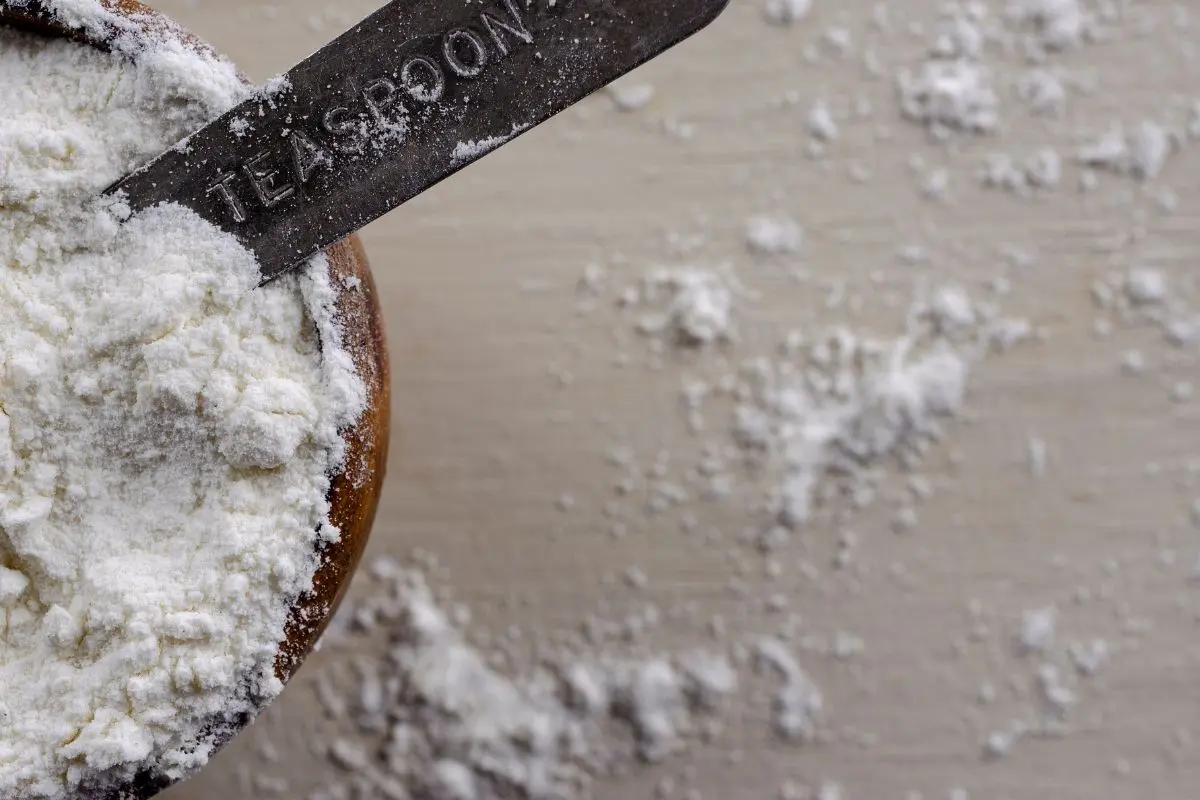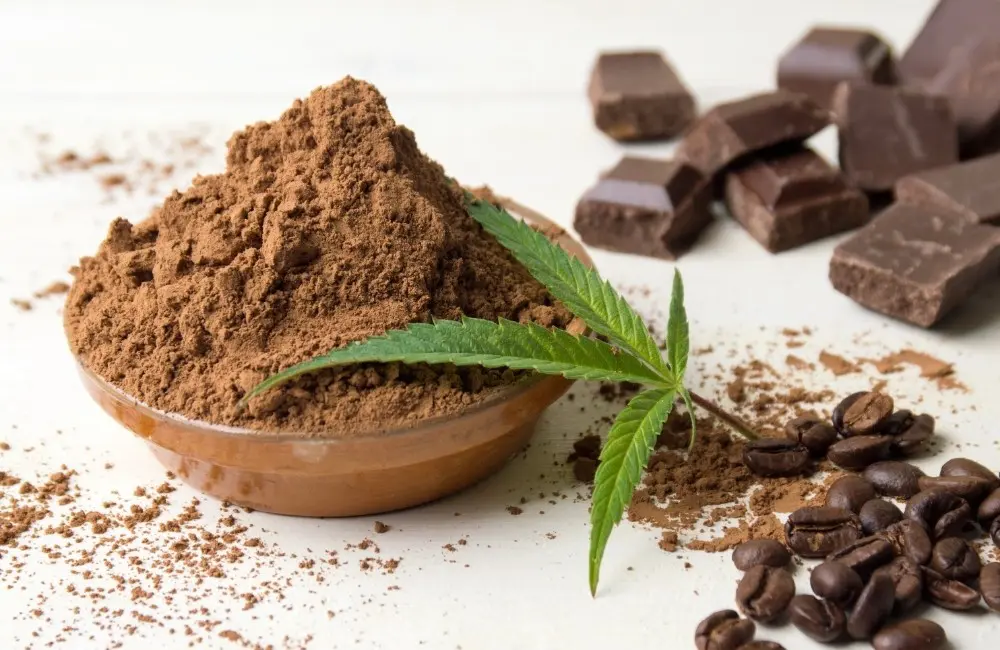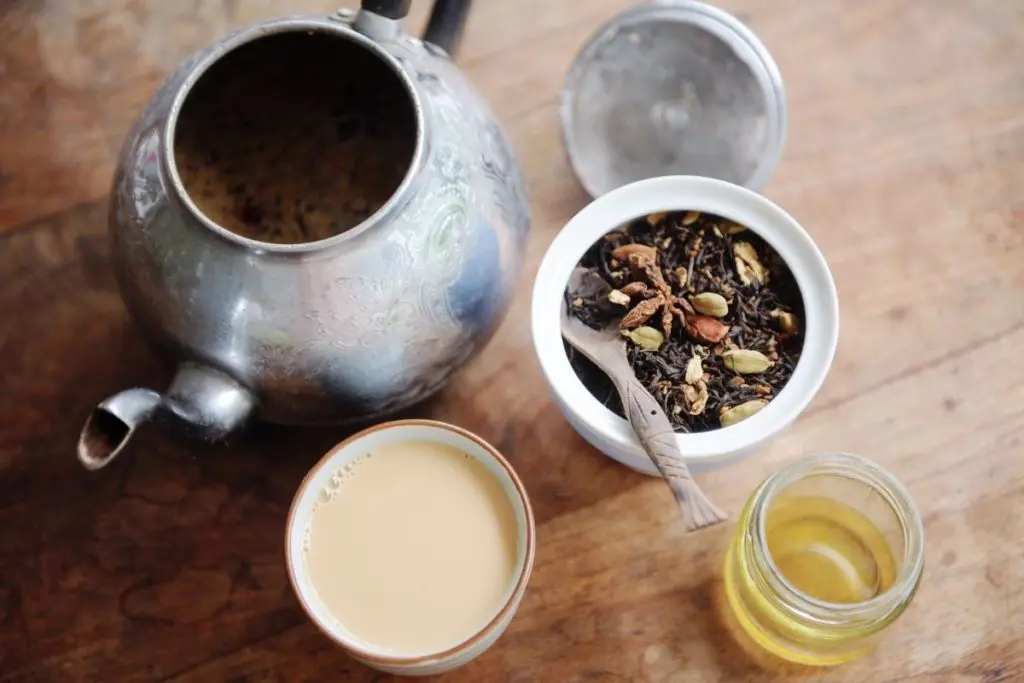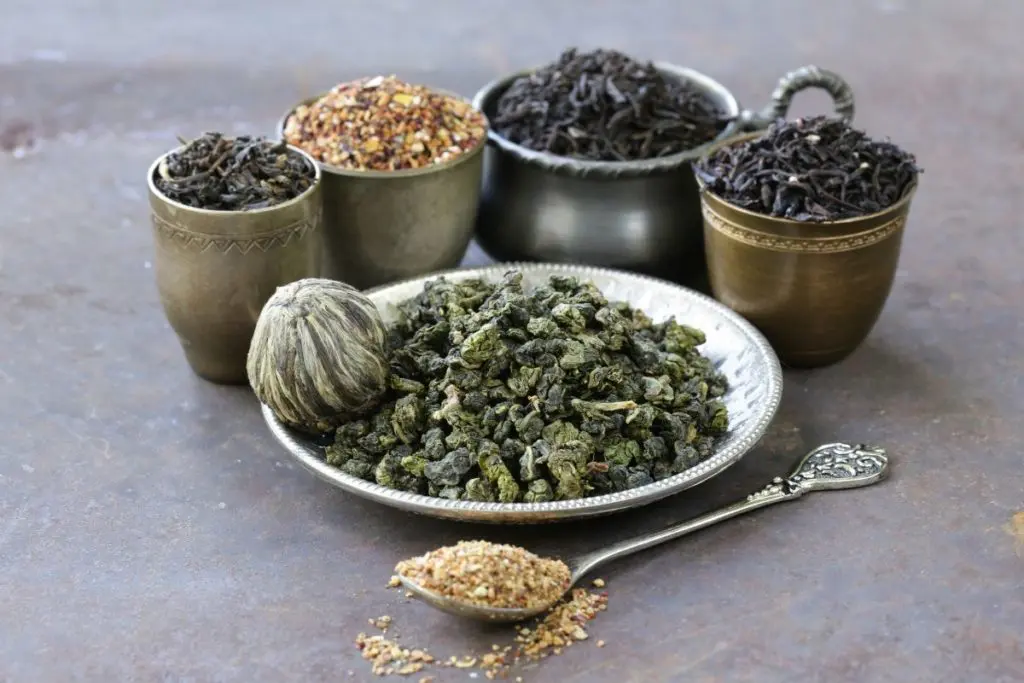You’ve likely seen bleached vs. unbleached flour at the supermarket. They come in slightly different packaging and very different prices. If you have wondered about the difference between the two types of flour, you wouldn’t be the only one. Flour is a crucial part of any kitchen. It’s in everything from cookies to pies, making it one of the most important and least understood ingredients in nearly any baking recipe. Because it’s such a staple, it’s important to know how bleached versus unbleached flours impact the baking process and the final product.
Both bleached and unbleached flour mills into a fine powder. However, the overall processing is the main difference between the two flours. Each undergoes a different lifecycle to establish unique features. Here, we’ll address: what is the difference between bleached and unbleached flour, how each type of flour can impact your health, and their best uses.
What Is Bleached Flour?
This fluffy white flour is bleached using benzoyl peroxide, chlorine gas, and other agents that help speed up the flour’s aging. Young and unprocessed flour has a yellowish tint to the grain. Between aging and chemical additives, the flour begins to take on the white color we are most used to seeing. This process is also what gives the flour a finer grain and softer texture.
Foods made with bleached flour tend to be softer in texture and have a brighter color. These characteristics make bleached flour best for cookies, pie crusts, muffins, and pancakes. Flour is bleached to help baked goods reach a desired consistency and taste. However, some recipes call for unbleached flour as it offers a different set of properties.
What Is Unbleached Flour?
Just as the name implies, unbleached flour does not undergo the same chemical processing as bleached flour. Processors mill it just like bleached flour, but then allow it to age naturally after that. This longer processing period means that unbleached flour usually costs more than bleached flour. It also maintains the yellowish color.
Due to the lack of processing, unbleached flour is a less dense grain that continues to dull as it ages. Because of this grainy consistency, unbleached flour is ideal for some cakes, pizza crusts, and biscuits. Where bleached flour gives its final baked good a soft texture, unbleached flour provides a more coarse texture. Unbleached flour also generally contains more protein and other nutrients that bleached flour loses during its processing.
Note: Just because flour is labeled as unbleached doesn’t necessarily mean that it does not have any chemical processing. This depends on the brand, and it’s essential to read the label.
Why Is Flour Bleached?
The reason for bleaching flour dates back to when flour was first milled for regular use. Unbleached flour has a yellowish pigment that original consumers didn’t enjoy. Flour manufacturers learned that flour loses this shading over time, but they couldn’t afford the long wait necessary for flour to achieve the desired white color naturally. As a solution, they began bleaching the flour with chemicals that speed up the flour’s aging process, allowing them to make more flour at faster rates.
Unbleached flour is still technically “bleached,” however, it’s just done naturally over the course of several weeks. The terms “bleached” versus “unbleached” flour began being used by manufacturers to help consumers differentiate between the two types. This also allowed manufacturers to sell the bleached flour at substantially lower costs.
Should You Use Bleached or Unbleached Flour?
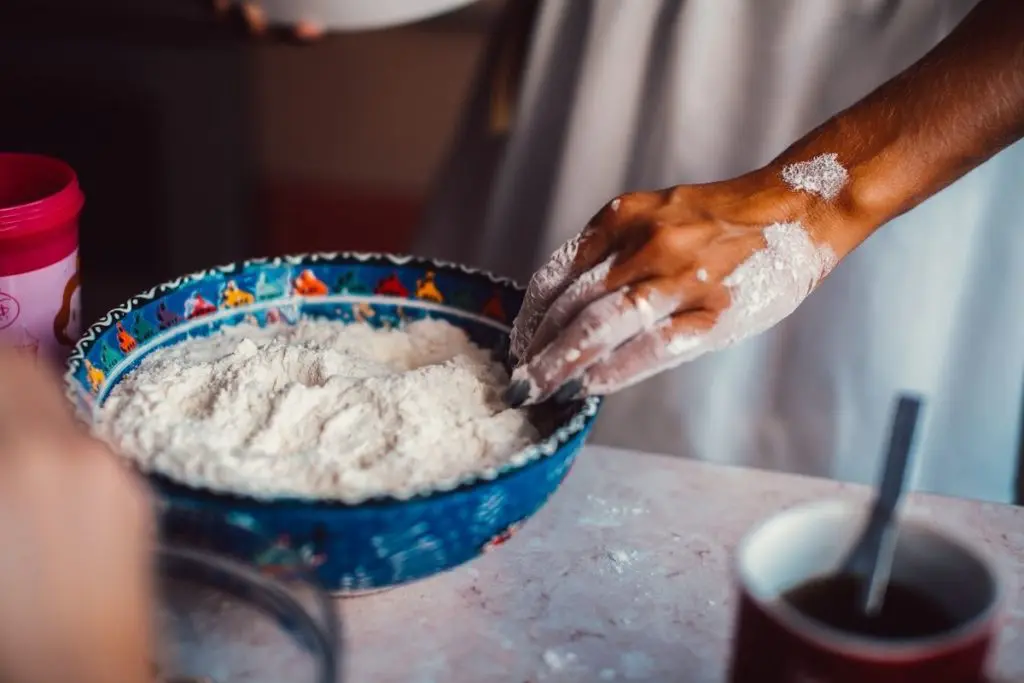
Here’s a quick look a Bleached Flour vs. Unbleached Flour to help you determine which you should buy to use in your kitchen.
1
Baking
Bleached flour is likely the most common flour used in baking. You probably have it in your kitchen, and it’s what you reach for at the grocery store when buying more. It has a light and fluffy consistency with a soft texture that is ideal for baking the vast majority of recipes. Bleached flour is also noticeably less expensive than unbleached flour. This is due to a shorter processing period, allowing manufacturers to get more product on the shelves of supermarkets at faster speeds.
Bleached vs. Unbleached Flour for Baking: Bleached flour is the clear winner when it comes to getting the most for your time and money. However, as noted earlier, different recipes will ask for various forms. So it’s a good idea to check your planned recipes before you buy.
2
Flavor Profile
Most people choose which flour they use based on the kind of baked good they’re making. However, both types of flour can generally be used interchangeably, with only slight differences in the taste and texture of the final baked product. When it comes to taste, only those with practiced taste buds can tell the difference between bleached and unbleached flavor.
Bleached vs. Unbleached Flour for Flavor: Tie. It’s going to depend on what you’re making and what your personal preference is. Likely if you’re picking based on flavor, choose whatever you are used to!
3
Chemical Use
Aside from the taste and use of each type of flour, one of the most significant concerns for using bleached flour is the chemicals used in the bleaching process. While speeding up the aging process of flour by adding these chemicals allows manufacturers to meet the intense consumer demand for flour, some consumers are opposed to using bleached flour for this exact reason.
Bleached Vs. Unbleached Flour: Eco-Friendly: Unbleached flour uses less chemicals in processing and is, therefore, more eco-friendly than bleached flour.
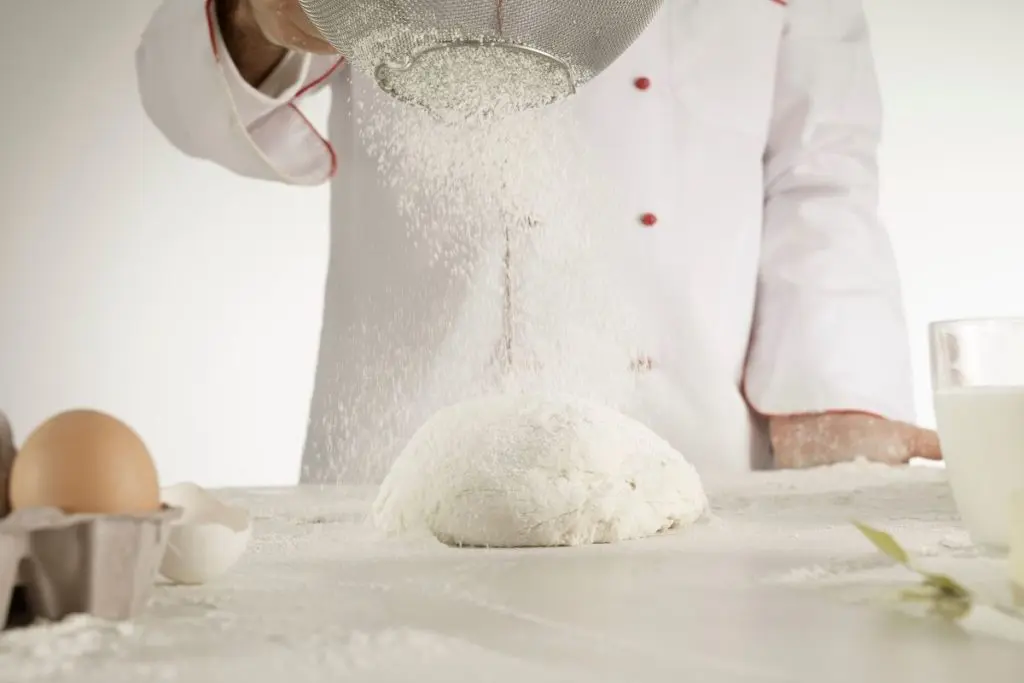
4
Nutrition
Unbleached flour, untouched by chemicals or additives, contains several important health benefits that bleaching flour usually removes. Unbleached flour has more fiber, antioxidants, vitamin E, manganese, and copper. Varieties of unbleached flour like whole-wheat flour have higher levels of vitamin E, fiber, and more antioxidants.
In general, bleached vs. unbleached flour contain the same nutrients and health benefits. The bleaching process slightly diminishes these quantities, but not in a substantial amount. Perhaps what calls more attention to itself is the impact that chemicals used in bleached flour have on the body. This is one of the biggest reasons people might choose to avoid bleached flour.
Bleached vs. Unbleached Flour for Nutrients: Tie. Both options contain the same basic nutrients. If you choose unbleached vs. bleached flour, it may be because of the health concerns we address next.
5
Health Concerns
What are the Health Differences Between Bleached and Unbleached Flour?
Benzoyl peroxide is a chief agent in bleaching flour. The Food and Drug Administration considers it safe. Still, studies link it to a human body’s trouble breaking down antioxidants, thus preventing it from getting all the nutrients flour has to offer. Another common chemical additive, potassium bromate, links to more negative side effects. Potassium bromate is a common additive in bread-making, but research connects it to kidney damage and cancer in some studies on animals. While it’s illegal in Canada and the EU, it does remain legal and widely used in the United States.
There are general health concerns about bleached flour, but it’s also important to remember that there are different kinds of bleached flour. Each brand will handle the process uniquely and potentially use different chemicals. It’s best practice to read the label and know what you’re comfortable using as the consumer.
It’s also worth noting that while bleached flour does have some studies that reveal negative health impacts, the consensus is that more studies are necessary. There is simply not enough information to know for certain the long-term health impacts of bleached flour.
Bleached Vs. Unbleached Flour Health Concerns: Unbleached flour is the safer bet, though the jury is still out on enough comprehensive studies to say if bleached flour causes harm. If you want to play it safe, try to use flour that is treated with fewer chemicals, in general.
You can use unbleached and bleached flour interchangeably in most cases. However, they have slightly different characteristics that make them optimal for different kinds of recipes. All in all, it’s up to you what kind of flour you use in your cooking and baking.
Further Reading
